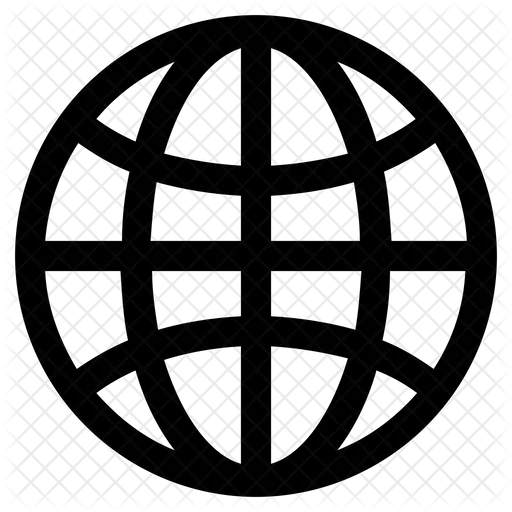Why should I choose a range hood that ducts outside?
We recommend ducting outside because
More effective: Steam, smoke, odor, heat, humidity, VOC’s, gas cooking by products are all expelled by ducting outside. Ductless hoods will not expel any of these contaminants, they will only filter some odors.
Less noisy: the air passes without obstacles, making less noise. The extra filtration step of charcoal filters creates more resistance for the air and thus creates noise.
I am ducting the hood outside; do I need to duct the hood out of my wall or ceiling?
Ducting must terminate outside of your home if ducting outside. A crawl space, attic, basement, garage; do not meet the definition of outside your home. It is critical that ductwork be connected without leaks and vent outside of your home.
How many CFM do I need for my kitchen?
CFM stands for cubic feet per minute, and it is a unit of measurement used to quantify the airflow capacity of range hoods.
CFM refers to how much air the hood can move in one minute. A higher CFM rating indicates a more powerful range hood.
A general rule is to choose a range hood with a CFM rating that is appropriate for the size of the stove.
GAS COOKING APPLIANCE:
Divide the total BTUs of the appliance by 100
60,000 BTUs/100 = 600 CFM
ELECTRIC COOKING APPLIANCE:
Multiply the linear feet of cooking area x 150
36" cooking surface = 3' x 150 = 450 CFM
What ducting is recommended for the best performance?
Smooth galvanized metal ducting is always recommended. It is important to maintain the same size ducting through the entire duct run, from the hood to the outside wall cap. Smaller ducts have a negative effect on suction rates and make the hood noisier.
















